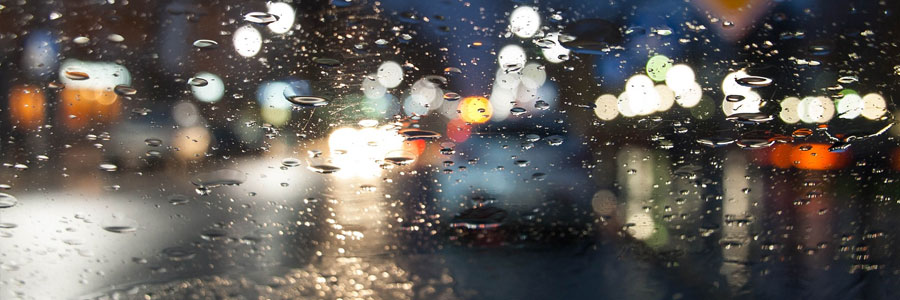Safety and driving advice as the clocks go back

Fleet drivers should take extra care as the clocks go back – here's how
You know winter is looming when the clocks go back. It happens every October, on the last Sunday of the month: this year, the clocks go back on 30 October, when BST reverts to GMT. Time to dig out the winter coat to keep in your boot once again.
This year, it's particularly important to be wary of the changes it brings. As normality returns after several years of lockdowns and home working, it will be the first time in a long while that many fleet drivers have hit the road after the clocks have gone back. Now, more than ever, heeding safety advice on driving as the clocks go back is vital.
November's crash hour: 1600-1900
Indeed, research from Zurich Insurance over several years has found that, during November, motorists are most likely to crash between 4pm and 7pm. The accident risk goes up by almost 15% compared with the rest of the day, and the effect is so stark, the car insurer has dubbed this period after the clocks go back the ‘crash hour'.
It isn't just the darkness that's a factor, either – it's the fact the sun sets during the evening commute. This dramatically increases the risk of being dazzled; we all know the surprise of turning a corner and suddenly not being able to see.
It sounds strange, but it might even be worth keeping a pair of sunglasses close to hand in the car, for those moments when you're driving directly into the sunshine.
And as the sun sets, those who haven't driven in darkness for a while may be surprised at how fatiguing it can be. If you're a high-mileage fleet driver, it could be worth factoring in a little extra time in your journey to take a break and grab a coffee. It can make all the difference.
Electric car drivers have an additional consideration – when to charge. With darker nights, charging in the evening darkness becomes less desirable, and female motorists in particular may feel more vulnerable. Time to consider charging in the morning, or during the day, instead of leaving it for the evening commute?
Getting ready for driving in the dark
The number one rule for driving as it starts to get dark is to turn your headlights on. Many modern cars have auto lights, so you don't have to do anything… but just be sure you haven't disabled the auto function on the lights switch!
With this in mind, it's worth checking all the bulbs on your car are working as they should. Maybe get your car cleaned too, so the lights are as clear as possible, and all the windows are clean.
Don't stop with the outside, either: giving the inside of your windscreen a good clean can really help reduce glare at night-time. It might also be worthwhile getting any chips and cracks repaired – they're more likely to spread when the weather gets cold and your windscreen gets covered in ice overnight.
Oh, and definitely fill your windscreen washer bottle. You'll be amazed at how much washer fluid you use during the autumn.
You should consider a few things when driving, too. At this time of year, there's a real risk of fog. Quite apart from how seriously it limits visibility, the onset of fog also means slipperier roads. Don't just moderate your speed, but also be more careful when driving more slowly, as there will be less grip underfoot.
Leaves on the road are another hazard. They too are slippery. But they can also hide other dangers. Is there a massive, tyre-puncturing pothole hidden below, for example?
The clocks going back is a particularly dangerous time for fleet drivers to be out and about, so it's important to take on board any safety advice to minimise your risk on the road. But hey, at least we get a lie-in to contemplate it all…
View our latest blog posts

Categories
Pages
We are a family run business based in rural Worcestershire. Our team of 38 staff are on hand to provide an exceptional service to personal and business customers.
Read More
